When you’ve got a large backyard, you’ll no doubt want to keep your lawn looking green and fresh–that’s only natural. Unfortunately, though, gardeners all over the country are making serious lawn care mistakes without even realizing it, doing their lawns a disservice. You won’t want to be a part of that, so to prevent it, here is a list of common lawn care mistakes that lead to poor results.
Overwatering the Lawn
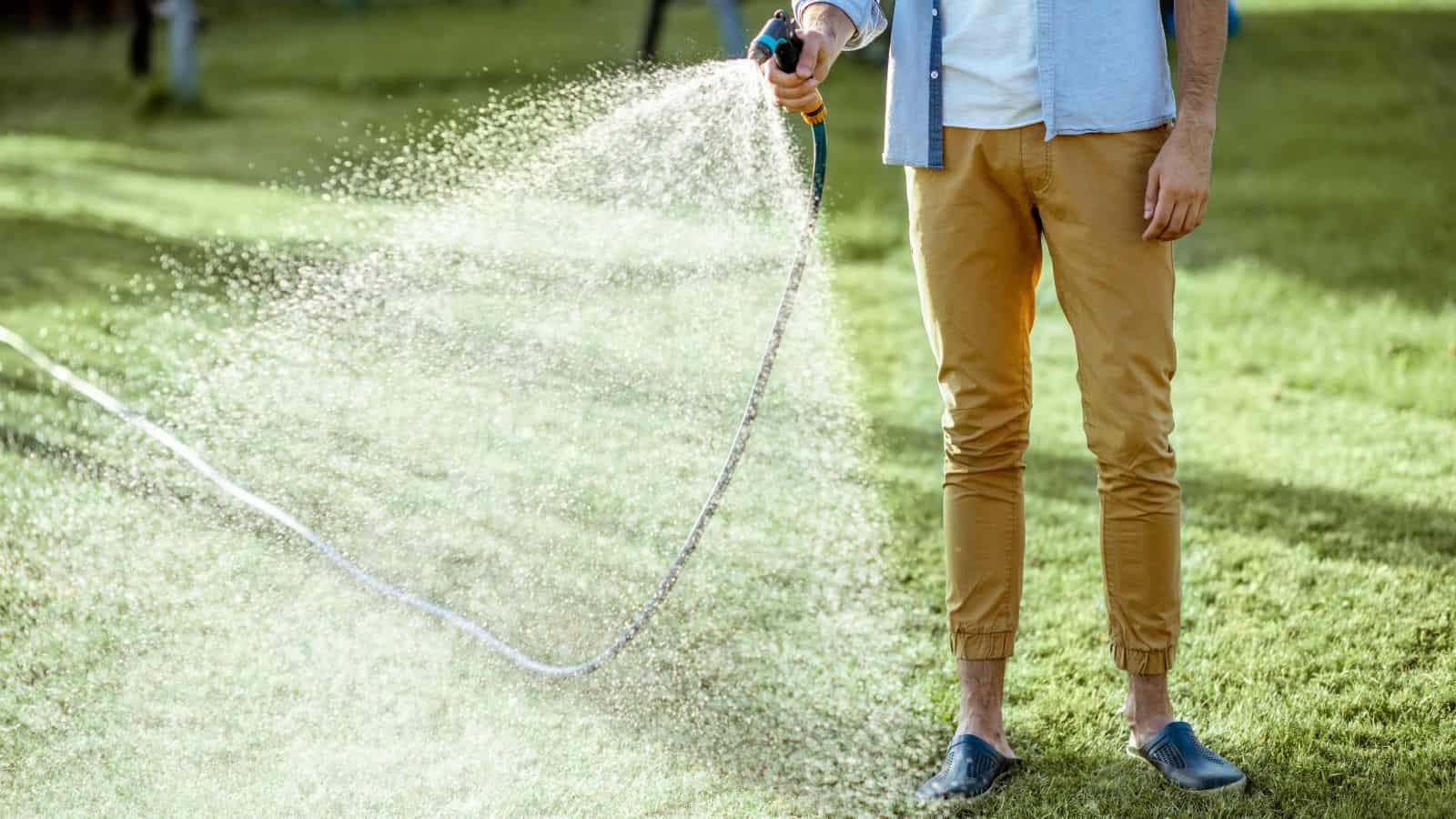
Any lawn needs some water to thrive, but overwatering can be just as damaging as not watering it at all. Excessive water will deprive your lawn’s roots of essential oxygen, drowning them and promoting disease and fungal growth. Sure, deep watering is generally recommended, but you should do so only occasionally, allowing the soil to fully dry out between waterings.
Mowing Too Short
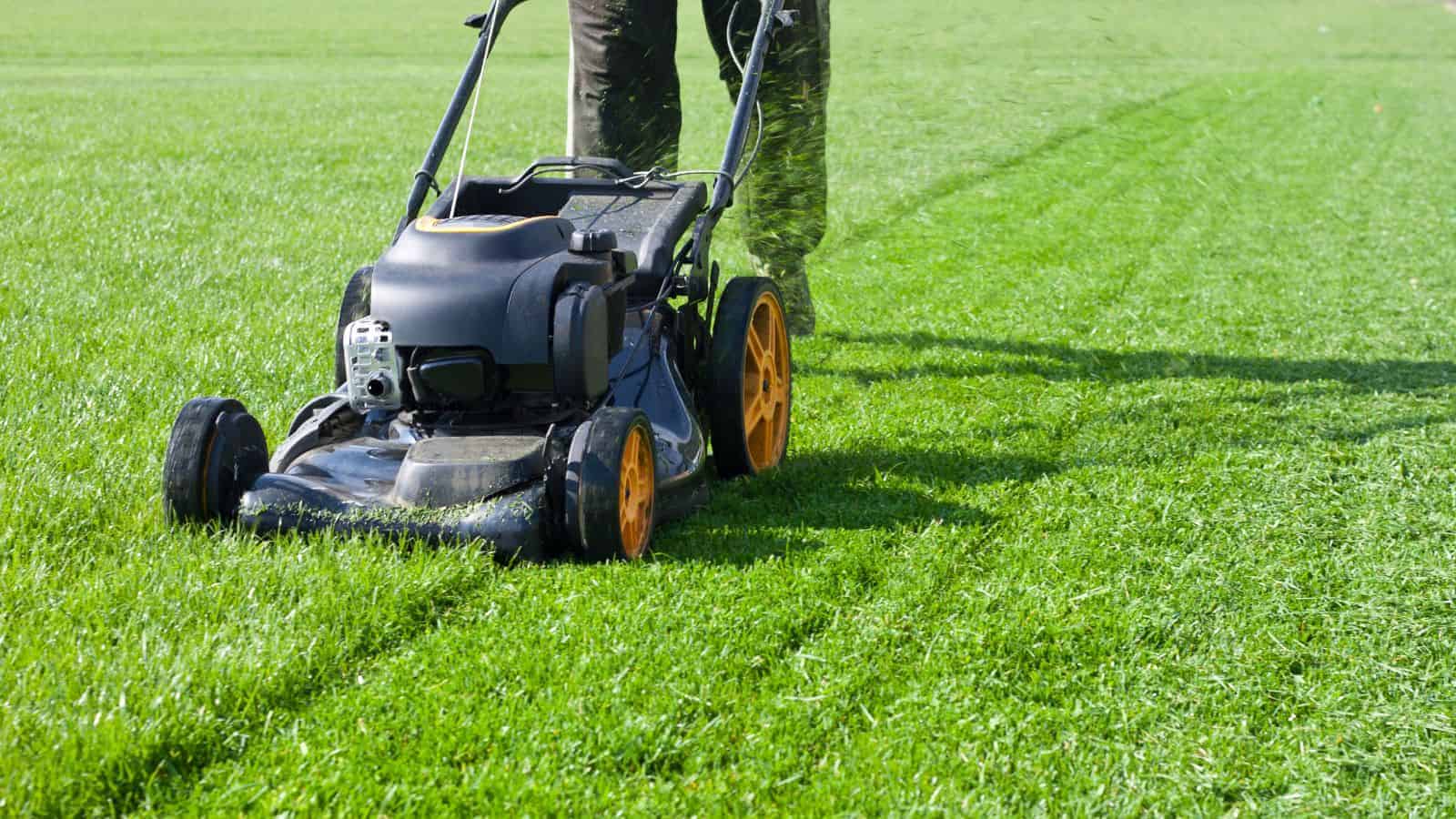
This might come as a surprise, but while cutting grass short may make it look tidy, it also places unnecessary stress on the lawn. When grass is cut below two to three inches, it struggles to retain moisture and becomes more vulnerable to weeds. So, try to maintain this height, helping the soil of your lawn hold onto moisture and naturally suppress weed growth.
Ignoring Soil Health
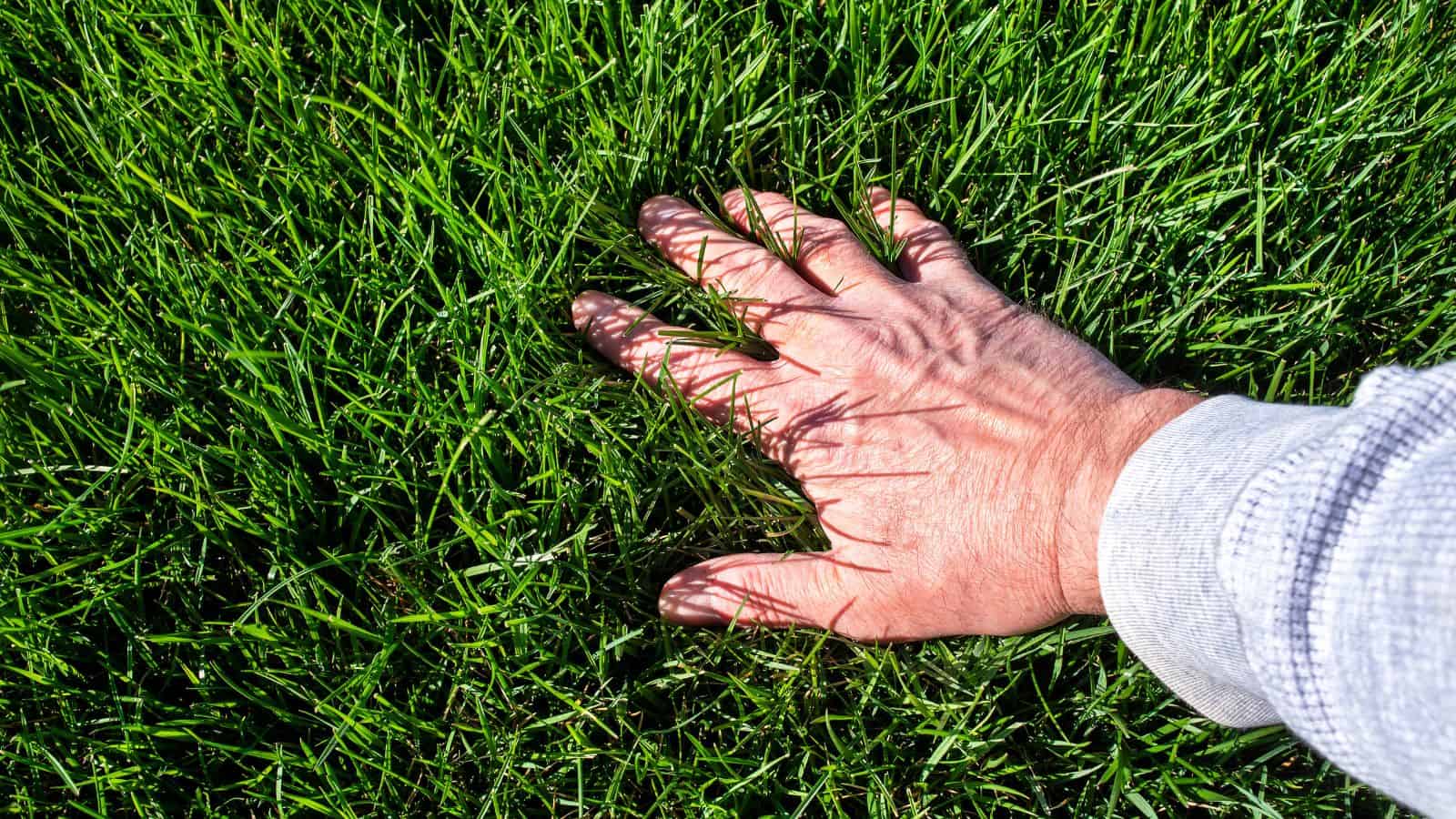
Healthy soil is the backbone of any vibrant lawn, yet it’s often overlooked. Balanced pH and proper nutrients are essential for grass vitality, so make sure you’re conducting the occasional soil test to reveal deficiencies. Ultimately, this will enable you to tailor a fertilizing and maintenance plan, and your lawn will no doubt be healthier for it.
Skipping Aeration

Compacted soil limits root development, reducing lawn health over time. In contrast, aeration prevents this, improving soil structure, especially for compacted lawns, by loosening the soil to allow air, water, and nutrients to reach the roots. This process is especially beneficial for areas with heavy foot traffic, so ensure that you conduct annual aeration to encourage proper root growth and strengthen your lawn.
Using Dull Mower Blades

As you might expect, dull mower blades don’t cut cleanly; instead, they tear the grass, causing ragged edges. These rough cuts increase water loss and may lead to browning, which isn’t good. Thankfully, this problem is easy to solve–just sharpen your mower blades regularly to ensure cleaner cuts, reducing water loss and improving the lawn’s appearance.
Not Adjusting for Seasonal Needs
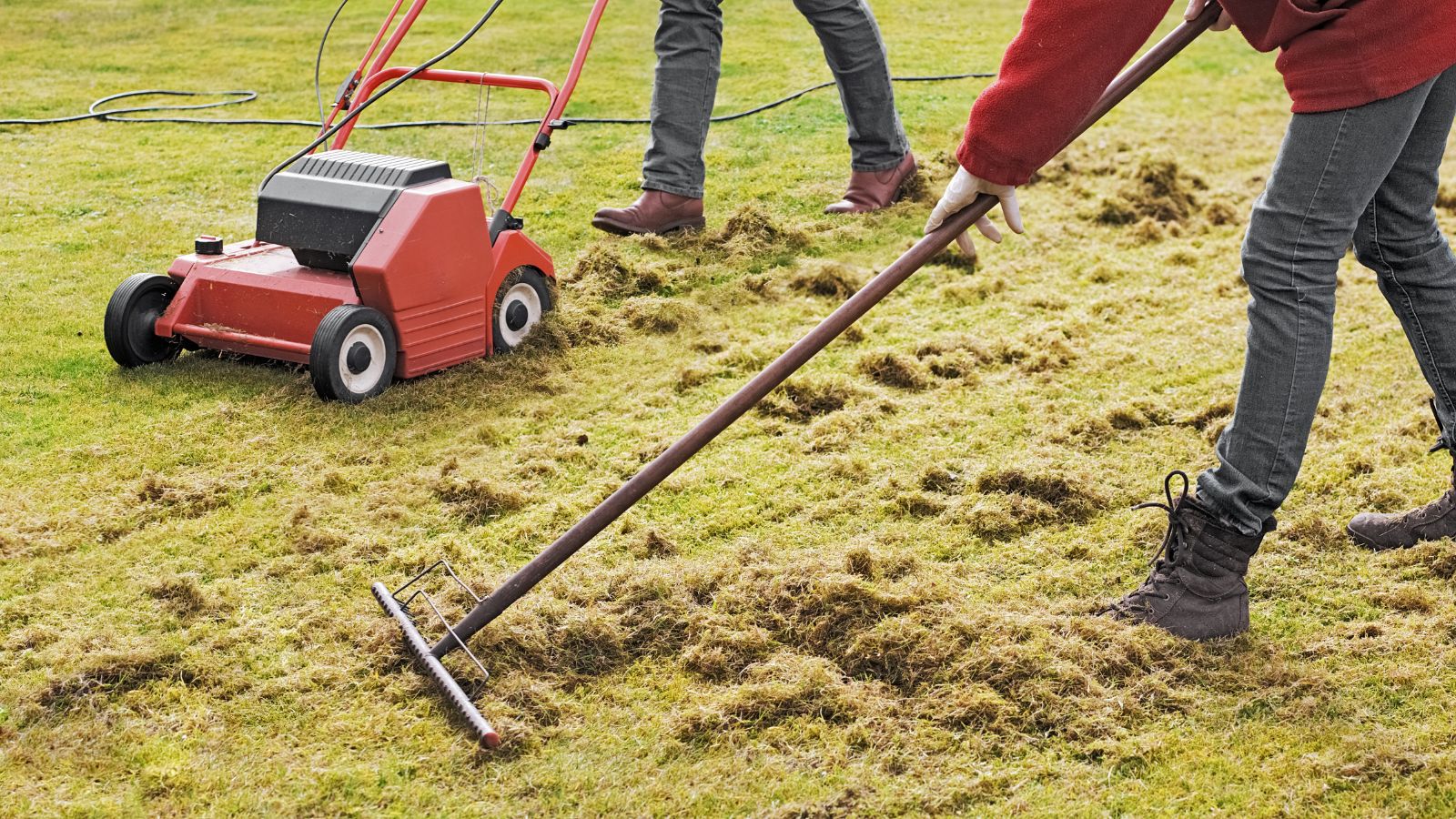
Each season affects the lawn differently, so it’s not wise to take a “one size fits all” approach to lawn care. In the spring, the focus should be on fertilizing, whereas in the summer, deep but less frequent watering is key. Furthermore, fall calls for aeration and overseeding to prepare for winter. So, adjust your approach seasonally, and your grass will get the appropriate nutrients and care to be resilient all year round.
Incorrect Fertilizing

Just like with watering, excessive fertilizing might seem like the key to lush grass, but too much can weaken the roots and potentially burn the lawn. Stick to the recommended amounts and timings for fertilizers. A balanced application promotes sustainable growth without overwhelming the grass, so remember this next time you’re tempted to apply yet another layer of fertilizer.
Neglecting Weed Control

There’s no denying that it’s difficult to keep up with weeds, as they always seem to appear in the most inconvenient of places. However, it’s very important that you give it your best effort; otherwise, the weeds will compete with your lawn for sunlight, water, and nutrients, which can quickly weaken the grass. Try to spot-treat weeds as they appear, and consider applying a pre-emergent herbicide in early spring to prevent them from sprouting.
Improperly Seeding the Lawn

Haphazard seeding often leads to patchy, uneven growth, making it difficult for your lawn to look its best. That’s why it’s essential to ensure even seed distribution and choose a grass type suited to your climate and soil conditions. Overall, this will help your lawn to establish thick, uniform grass that naturally resists weeds and pests, creating a lush and hardy landscape.
Watering at the Wrong Time of Day

Never forget about the importance of timing when watering your lawn. Watering in the heat of the day leads to fast evaporation, whereas evening watering can invite fungal issues. The best time to water is during the early morning, as it allows the grass to absorb moisture before the day warms up. This timing helps prevent water waste and keeps the grass hydrated.
Failing to Dethatch
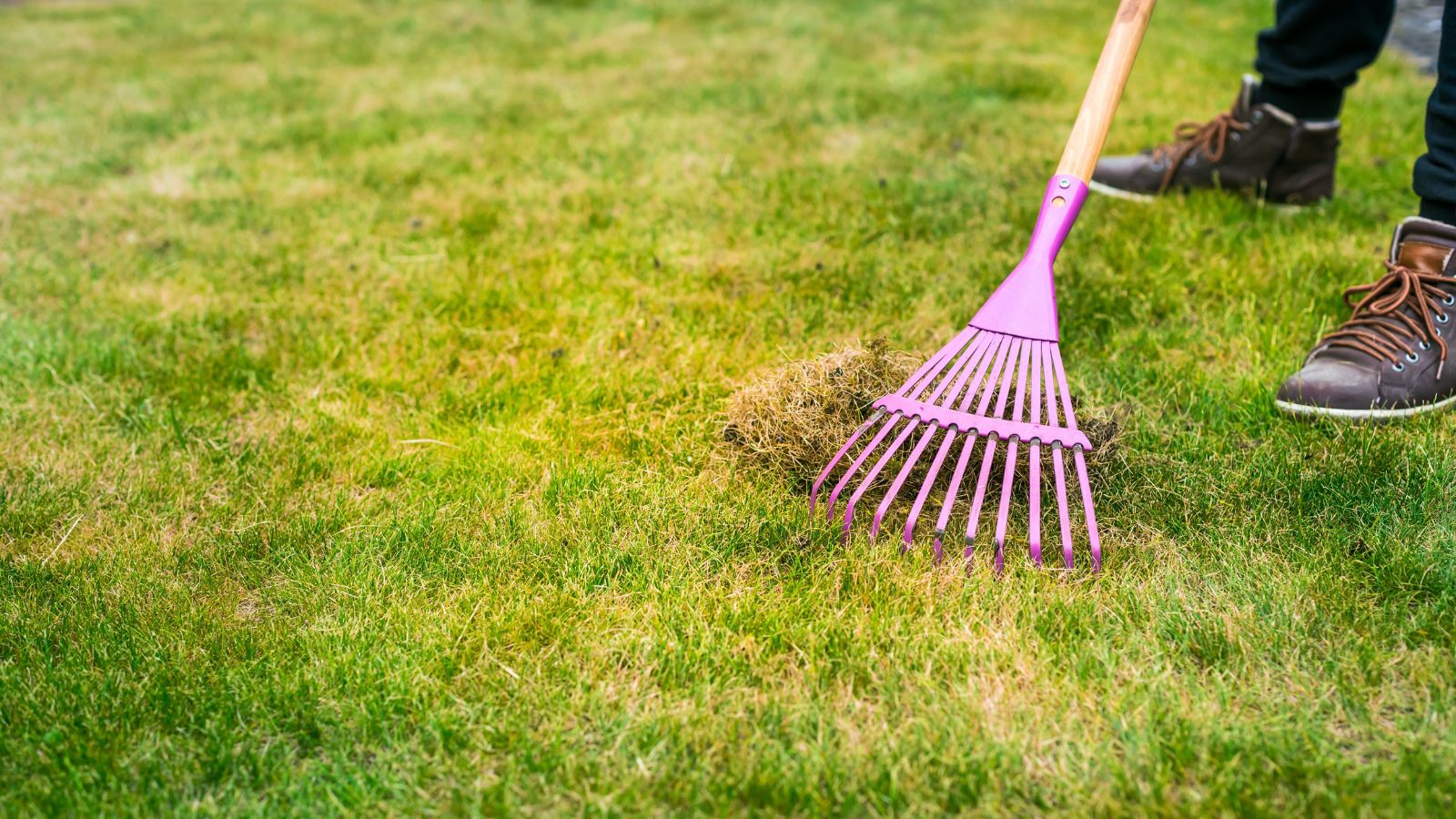
A layer of thatch—a buildup of dead organic matter—can block water and nutrients from reaching the soil, getting so thick that the lawn struggles to absorb what it needs. Occasional dethatching clears away this barrier, allowing the soil to breathe and absorb nutrients more effectively, giving your lawn the best of both worlds.
Mowing When the Grass Is Wet

Another common lawn care mistake that is all too common is mowing a wet lawn. Not only is this difficult, but it also often results in clumps of grass clippings that block sunlight. More still, wet grass is prone to disease and fungal growth, so try to wait until the grass is dry before you cut it. If this means waiting for a few days during a rainy spell, so be it!
Using the Same Mowing Pattern Every Time

Not many gardeners realize that following the same mowing direction every time will compact the soil and wear down the grass in certain areas. However, simply changing up your mowing pattern with each session helps the grass grow more evenly and reduces soil compaction. This variety promotes better root health and contributes to a healthier, more resilient lawn, so don’t forget to tell your friends, too!
Ignoring Pests

As we mentioned earlier, you shouldn’t be too trigger-happy with pesticides, but you also shouldn’t just leave pests to demolish your lawn. Make sure you’re regularly inspecting your lawn for signs of pests, such as grubs or insects, and you’ll be able to catch problems early. If you spot any signs, treat the specific area promptly, helping to prevent further damage but without going crazy with the pesticides.
Using Too Many Chemicals
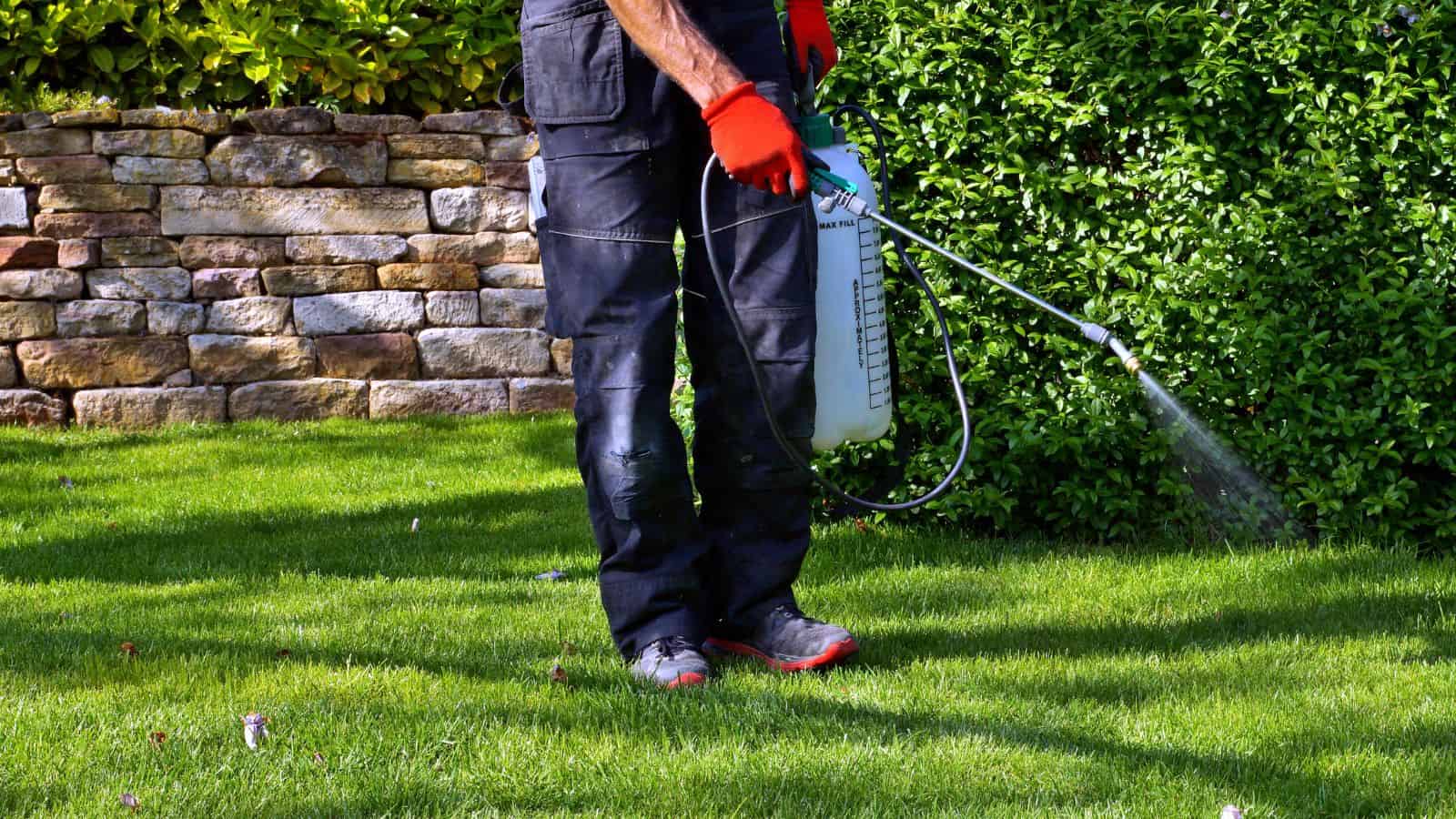
Continuing on from the last point, applying too many herbicides, pesticides, or fertilizers can strip your lawn of essential nutrients over time. Sure, these chemicals have their place, but overuse will weaken your grass and deplete its soil. A more natural approach, or using only what’s necessary, creates a sustainable balance that keeps the lawn healthy without harming the environment.
Overlooking Shade Needs
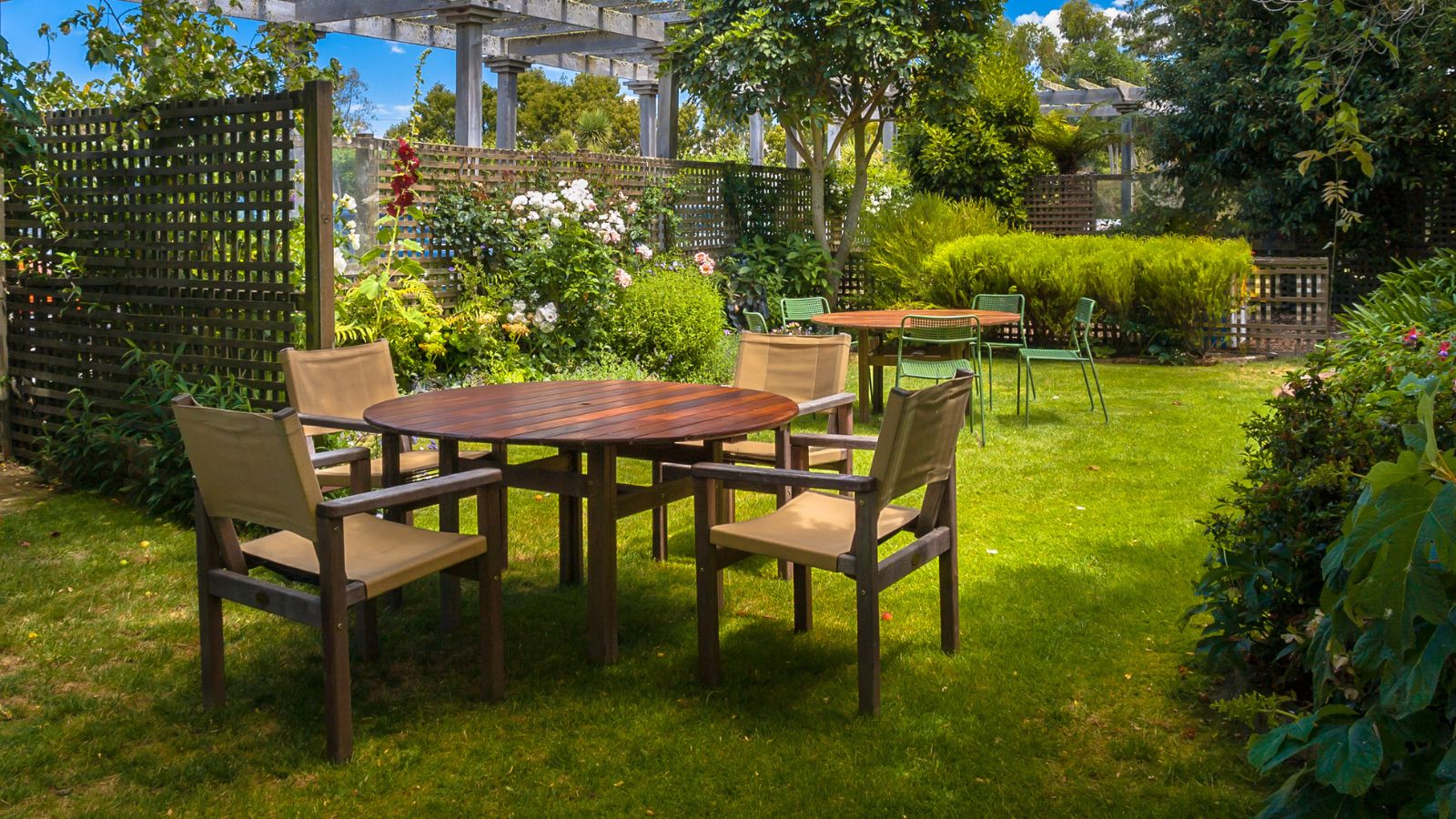
It’s easy to assume that any plant can’t get enough sun, but that’s not true at all, especially when it comes to grass. In fact, it’s kind of complicated; you’ll need shade-tolerant grass types for unlit sections and drought-tolerant variants for those areas that are always exposed. Ultimately, you’ll need to adjust your lawn care needs depending on the sunlight that it will receive rather than using an all-in-one strategy.
Ignoring Proper Lawn Edging
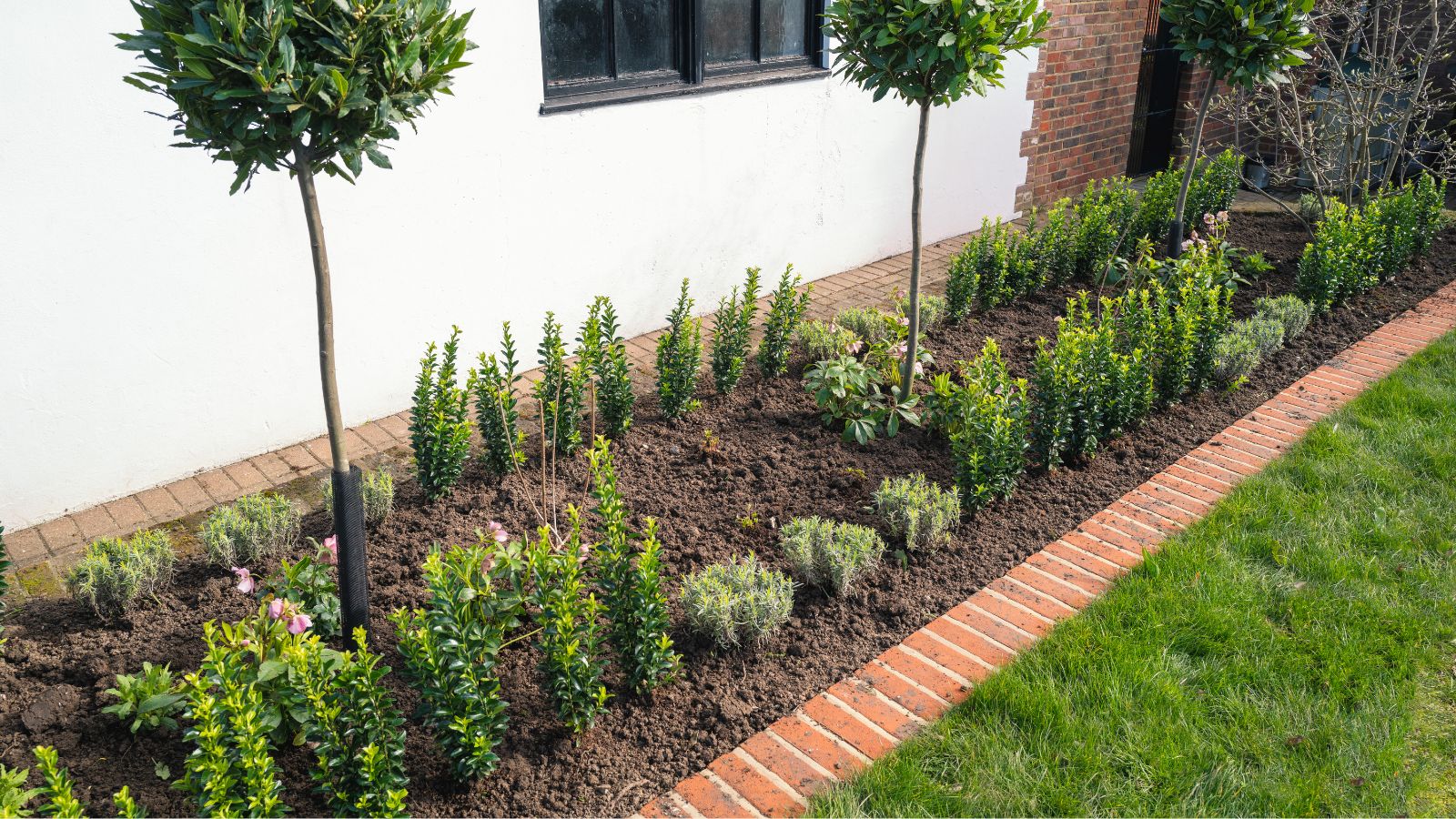
Lawn edging isn’t just a finishing touch for aesthetic purposes; it keeps grass from spreading into flower beds or paths, which can quickly get ugly. Regular edging helps contain the lawn and gives it a neat appearance while also making its maintenance easier by reducing the spread of grass to unwanted areas. Trust us–keep this in mind, and you’ll save yourself a lot of time and effort in the long run.
Neglecting Lawn Equipment Maintenance

Sure, lawn care is mainly about the gardening itself, but it also concerns the maintenance of your lawn equipment. You’ll need to regularly clean and service your mower, trimmer, and other tools, keeping them in optimal working order for a freshly cut lawn. At the end of the day, well-maintained equipment makes lawn care tasks easier and prevents problems like uneven cutting or equipment breakdown, so you’ll undoubtedly find that it makes your life easier.
Not Allowing the Lawn to Rest

Last but not least, so many Americans simply aren’t aware that their lawn quite literally needs to rest. Constant, heavy foot traffic and frequent mowing can stress the lawn, leaving it weaker and more prone to damage. Preventing this is fairly simple, though–just give your grass some time to recover by rotating foot traffic or skipping a mow now and then, giving it a chance to build resilience.
